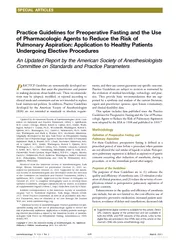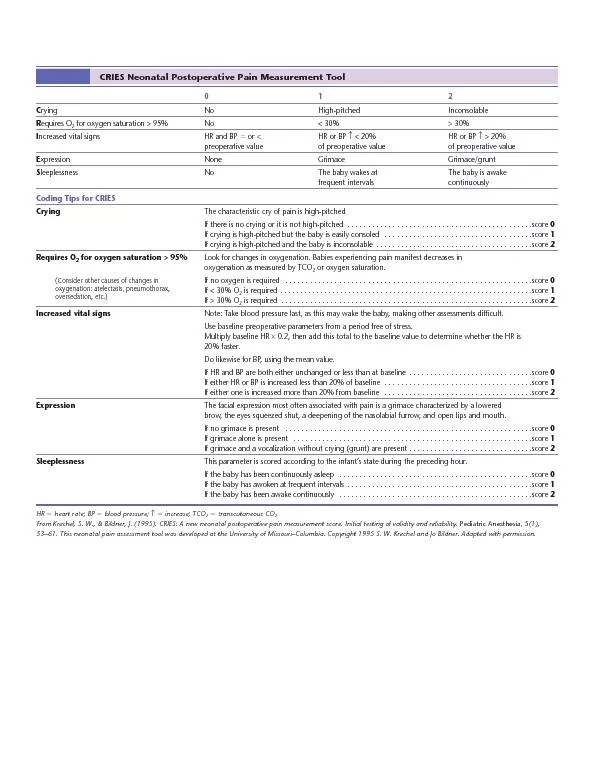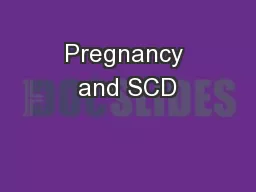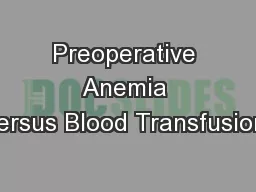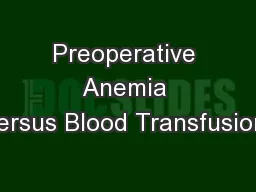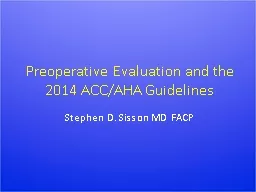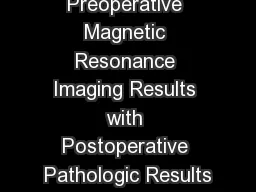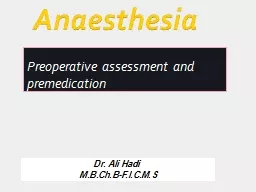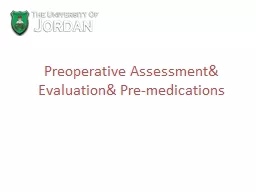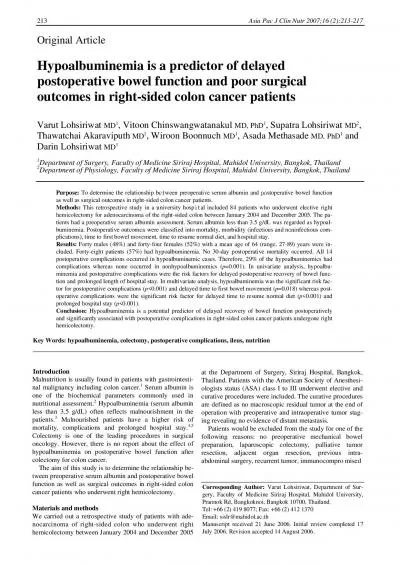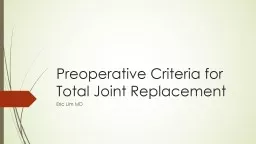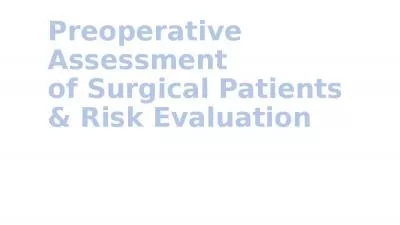PDF-SPECIAL ARTICLES Practice Guidelines for Preoperative
Author : lois-ondreau | Published Date : 2015-06-17
These recommenda tions may be adopted modified or rejected according to clinical needs and constraints and are not intended to replace local institutional policies
Presentation Embed Code
Download Presentation
Download Presentation The PPT/PDF document "SPECIAL ARTICLES Practice Guidelines for..." is the property of its rightful owner. Permission is granted to download and print the materials on this website for personal, non-commercial use only, and to display it on your personal computer provided you do not modify the materials and that you retain all copyright notices contained in the materials. By downloading content from our website, you accept the terms of this agreement.
SPECIAL ARTICLES Practice Guidelines for Preoperative: Transcript
Download Rules Of Document
"SPECIAL ARTICLES Practice Guidelines for Preoperative"The content belongs to its owner. You may download and print it for personal use, without modification, and keep all copyright notices. By downloading, you agree to these terms.
Related Documents

